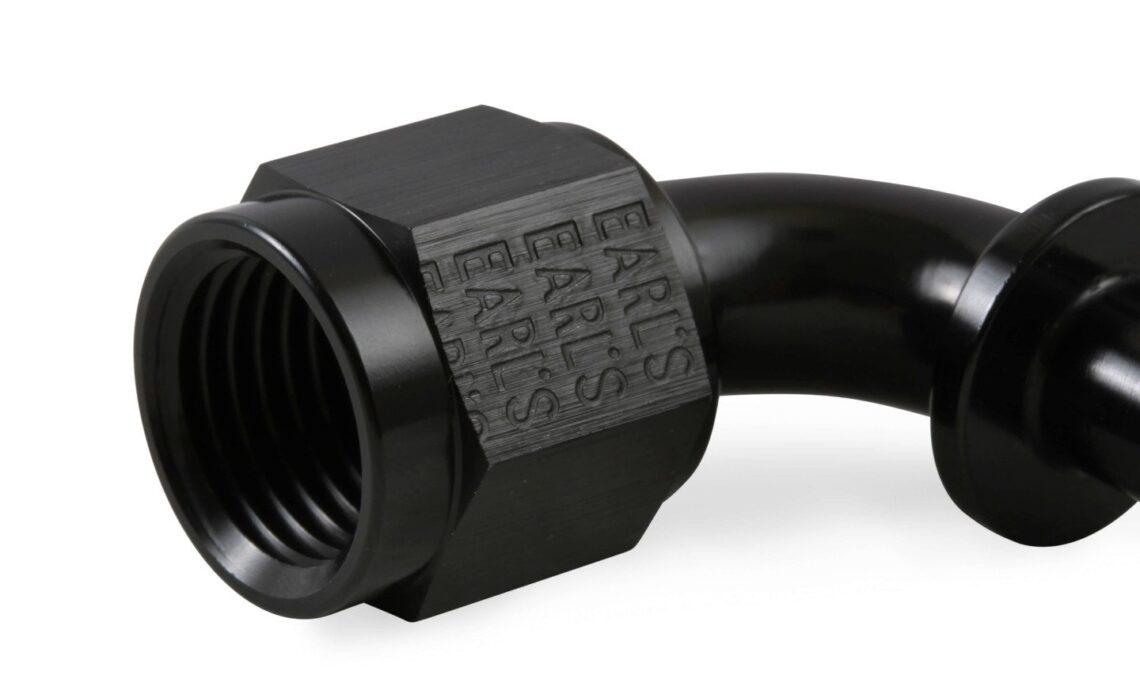For as much fun as cars can be to tinker with, modern fuels can do a real number on a vehicle’s rubberized fuel lines. Even steel-braided hoses are prone to deterioration over time. Fuel vapors and leakage alike can quickly cause a vehicle fire, which is why fuel hose inspection and replacement are so commonplace and tedious. How bad can fuel-vapor leakage be though? Well, according to Holley Performance Products, a 24-inch piece of traditional rubber fuel hose loses about one gallon of fuel per year through permeation alone.
Every EPA-approved fuel blend on the market relies upon some form of additive too, all of which are harmful to the rubberized hoses in our vehicles. As fuel hoses decompose from within, they begin to leak, leaching out vapors and contaminating the environment in which we breathe. Extreme circumstances can even lead to hose particles becoming lodged in fuel injectors and carburetor components.
This dangerous and financially damaging issue gave the brainiacs over at Holley the perfect excuse to look for a solution, and find one they did. The E85-Friendly Vapor Guard from Earl’s offers a hose solution that is affordable, effective, long-lasting, and pretty damn attractive to boot.
E85 isn’t the only fuel that the Vapor Guard hose system is compatible with either. Holley has made Earl’s Vapor Guard hose systems so resilient that they can handle virtually any form of fuel you can throw at it. Regular and premium pump gas, diesel, biodiesel, 100-percent methanol, ethanol, and gasohol fuels are all compatible.
According to Holley, the secret to Vapor Guard’s success lies within its trifecta approach to preventing hose deterioration. At the center resides a core “Primary Barrier Layer,” which resists the damaging effects of heat and the fuel itself. This is encapsulated by a centralized “Vapor Guard Barrier” that…
Click Here to Read the Full Original Article at DragzineDragzine…

